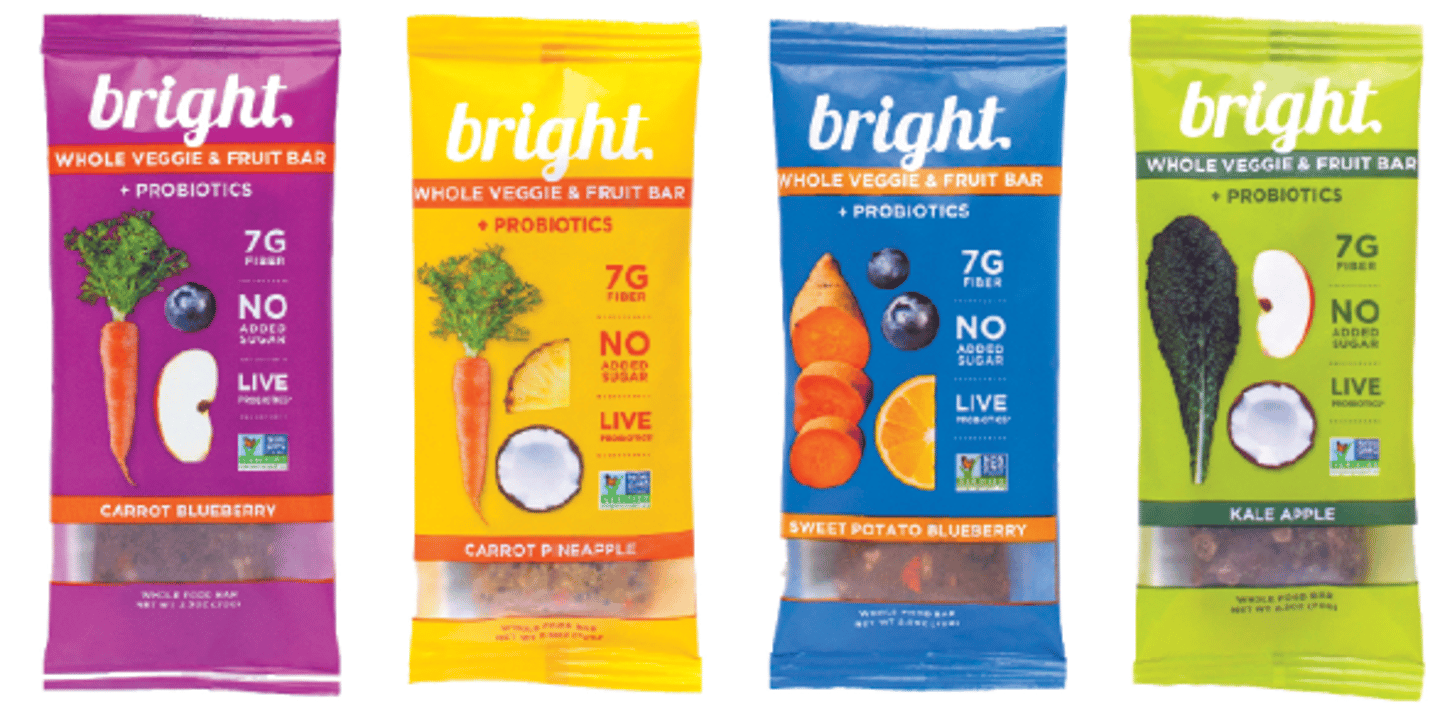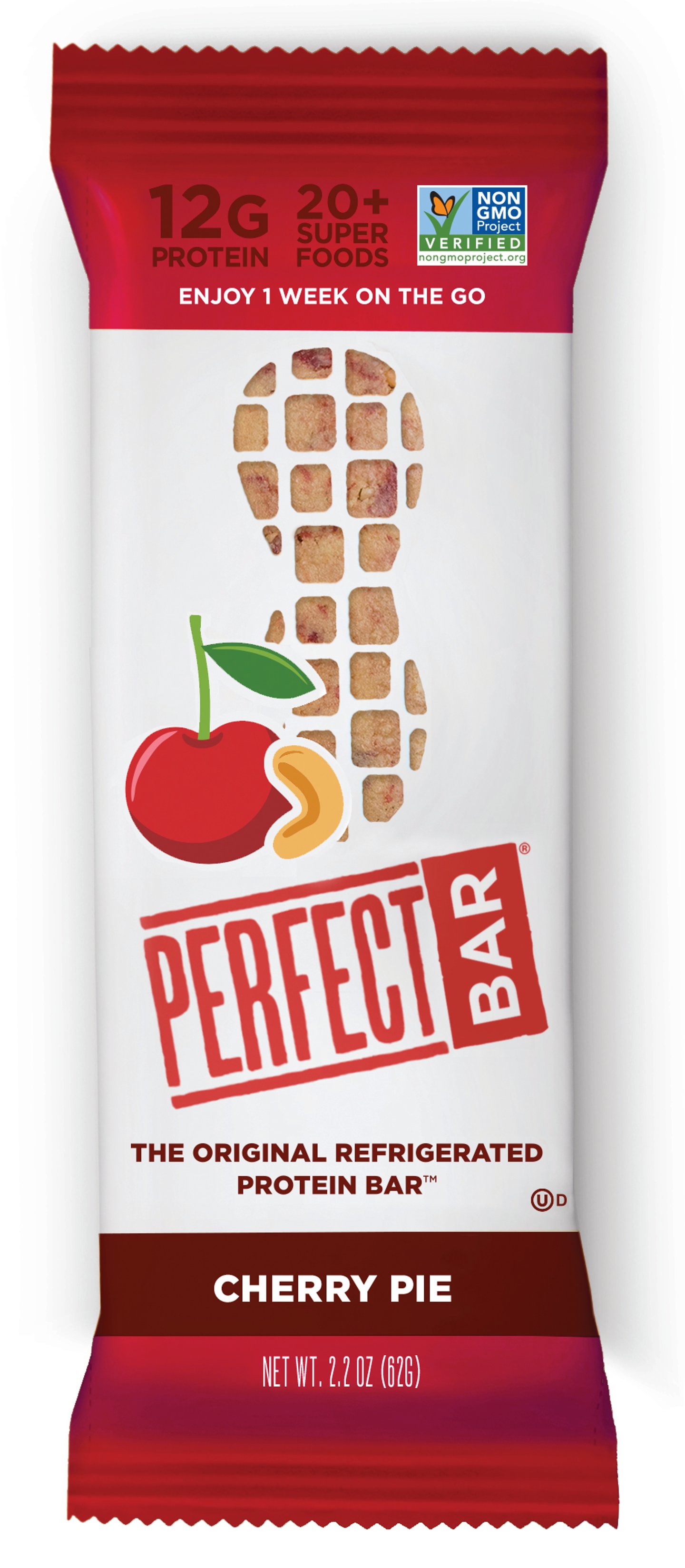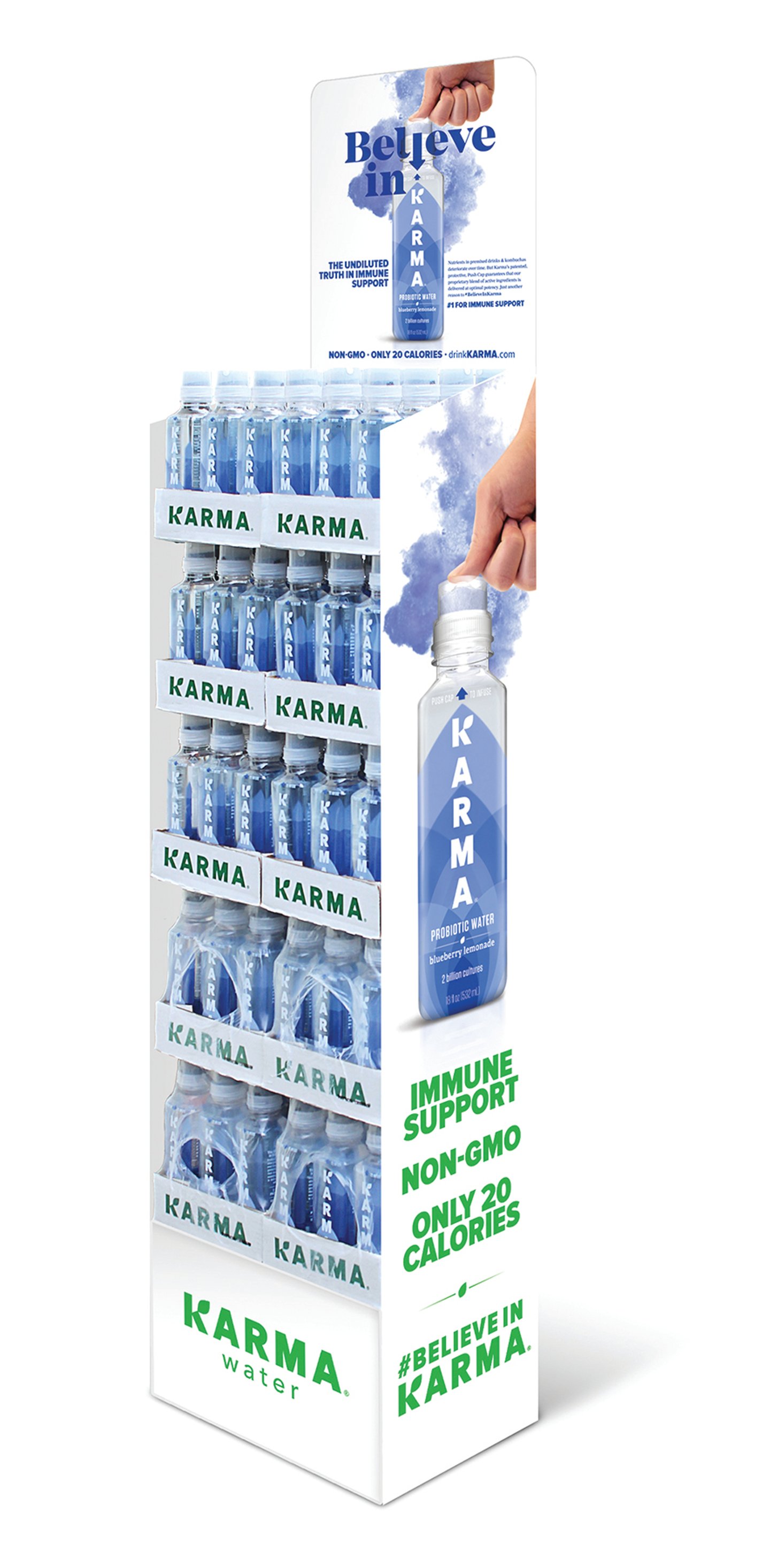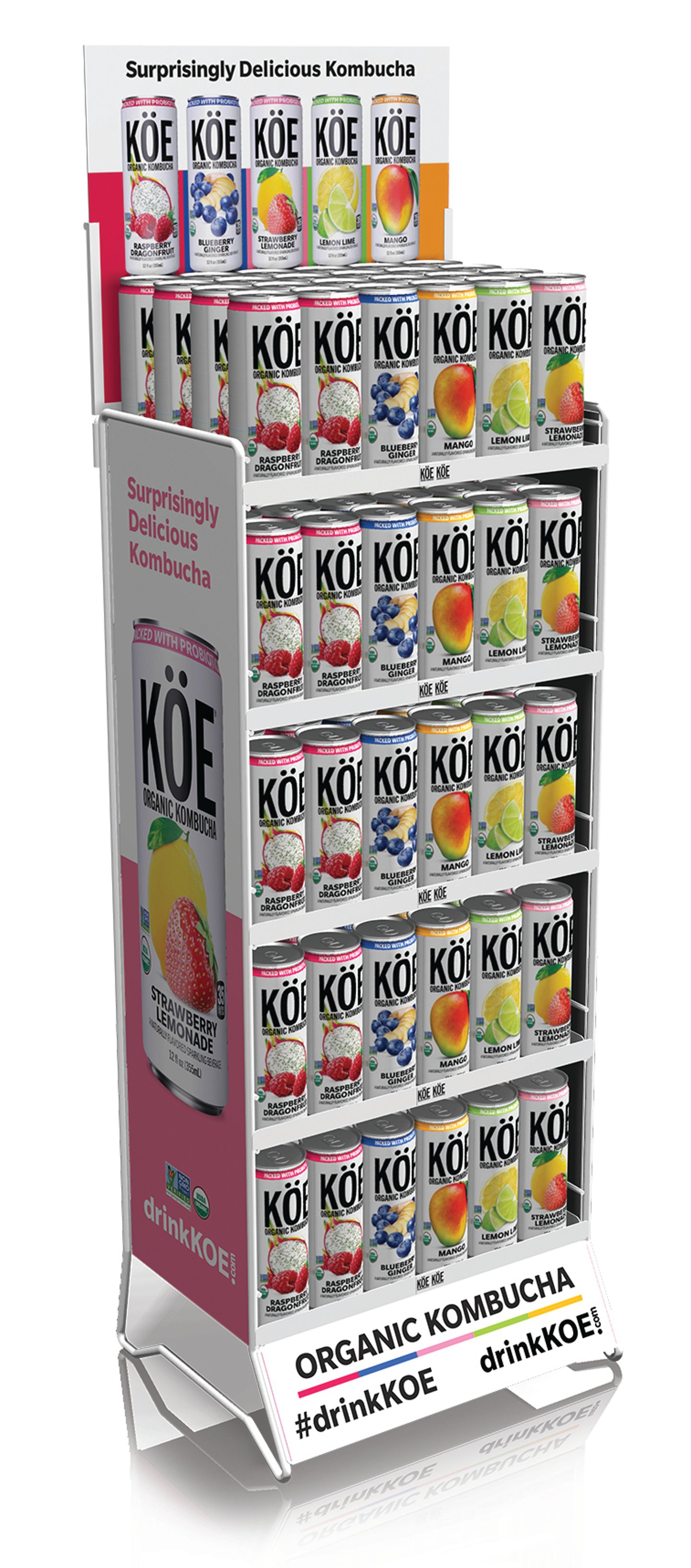Nutrition Bars Aren't Just for Dedicated Athletes
The coronavirus pandemic has been tough on everyone, but for those committed to regular physical workouts, the situation has had its own particular challenges.
“There is no doubt about it: The pandemic has made it more difficult for Americans to exercise, especially with gyms and health clubs closing,” asserts Aryn Doll, RDN, nutrition education specialist at Lakewood, Colorado-based Natural Grocers by Vitamin Cottage. “Despite this, many are finding creative solutions to stay moving and continue their exercise regimens at home, which has helped to maintain and potentially even grow sales in the sports and performance products arena.”
Key Takeaways
- The COVID-19 public health crisis has made athletes and general consumers alike reconsider their approach to wellness.
- The opportunity exists to market functional foods and beverages to a wider range of shoppers, with an emphasis on convenience, product bundling, value pricing and omnichannel strategies.
- Retailers and manufacturers can also offer products that meet nutritional goals while also satisfying consumers’ need for indulgence.
According to Doll, the retailer offers a range of high-quality and affordable sport- and performance-specific products, along with foundational supplements, and among its top-selling categories are collagens, whey and plant proteins, MCT oils, electrolytes, and pre- and post-workout formulas. During the pandemic, Natural Grocers saw its performance nutrition category increase by 3.2%, the protein category rise by 10.8%, and collagens soar by 19%.
The company provides customers and its good4u Crew with free nutrition education on a quarterly basis about a different supplement that can aid their health, and has on staff highly trained nutrition experts, also known as Nutritional Health Coaches (NHCs), to help customers achieve their fitness goals, notes Shelby Miller, Natural Grocers’ manager of scientific affairs and nutrition education.
Beyond its effect on hardcore athletes, the public health crisis has made a lot of consumers reconsider their approach to wellness. Doll observes that “many Americans are recognizing the importance of getting back to our roots — including eating healthier and exercising more — for maintaining health and immune resiliency. In other words, consumers are looking to engage in healthier behaviors, which means greater interest in health-promoting products that retailers have to offer.”
Crossover Goals
Obviously, for most people, the specialized sports nutrition products consumed by elite athletes wouldn’t be appropriate, but the wide variety of functional bars and other foods on the market can be marketed to appeal to consumers who aren’t necessarily in training for a marathon.
“Athletes are an extreme example of the broader health-and-wellness movement,” explains Brenden Schaefer, founder and CEO of Los Angeles-based Bright Foods, maker of refrigerated Clean Protein and Whole Veggie & Fruit Bars. “People want to eat healthier — but they want products that are simply a better version of what they’re already consuming today. And, of course, they have to taste great.”
Those types of items can be “dually merchandised in a sports nutrition [section] and in grab-and-go sets where people are looking for great better-for-you options,” he suggests.
Additionally, Schaefer notes: “Athletic consumers aren’t always in a sports nutrition frame of mind — they’re looking to eat healthy food through the day to support their broader goals. Active consumers are the same — they’re just optimizing for getting in a great workout, doing the best work at their job, and, if they have kids, being the best mom or dad they can be.
“With that in mind, we’ve seen great success when our products are merchandised in the grab-and-go cooler section,” he continues. “Shoppers will grab a beverage and a refrigerated bar to eat after a lunchtime workout or ahead of hitting the 3 p.m. slump. Consider bundling products together — offer shortcuts that check the boxes they’re looking for in their food: clean ingredients, high protein, high fiber, low sugar, plant-based.”
Expanding the Audience
“Recently, digital integration has become even more important with the impact of quarantine on online grocery shopping behavior. We at RXBar are currently leveraging shopper digital media — both through programmatic campaigns and on retailer sites — to drive a click-to-cart action. Product feature/search, keyword optimization and promotions are other levers to pull within the digital space to bring the brand top of mind for consumers.”
Adds Jenkins: “At retail, merchandising is key to bring people into the aisle or stand out from the competition. Secondary displays out of aisle, like shippers and end caps, help capture people that may not have planned to go down the aisle, while purchase incentives and promotions, layered on with higher-traffic placements, drive velocity. Other opportunities, like point of sale, are helpful in and out of aisle. One example we recently executed was floor talkers at the end of an aisle. These drive traffic into the aisle, and then include a reminder at shelf to keep the brand top of mind.”
“In-store offers absolutely drive increased emotional purchases,” says Nick Greer, co-founder and CEO of Spanish Fork, Utah-based Built Bar, which recently introduced Built Boost, providing a full day’s worth of vitamins and minerals, as well as natural energy without added caffeine. “An in-store offer, such as a BOGO, usually requires an upfront investment made payable to the retail location, which varies by chain; however, the ROI typically improves despite smaller profit margin per purchase.”
He goes on to note that offering a discounted price in store versus online helps drive in-store sales, and that while end caps and in-store displays are recommended initially to drive trial, they haven’t historically proved to be worth the long-term cost.
“The majority of our target audience are on-the-go mothers who enjoy a healthy lifestyle,” notes Greer. “We continually strive to cater to them, while tapping into micro markets we see interest from, including athletes, avid gym buffs and male audiences. … The biggest marketing opportunity is to continue to expand our audience to those not only looking for a protein-filled fuel bar, but also those that love to take a moment to indulge in a delicious healthy snack or meal replacement.”
Perfect Innovation
Protein is where it’s at for San Diego-based Perfect Snacks, which makes refrigerated bars, bites and peanut butter cups with a better-for-you profile.
“Perfect Snacks products are made with whole-food protein (organic milk, eggs and rice protein), avoiding whey, soy or isolates, which some consumers avoid for digestion issues,” notes Sarah Lowrey, senior director of marketing and innovation at the Mondelez brand.
“Additionally, on the point of satiation, the protein matched with fat, carbs and sugar in Perfect Snacks make it low on the glycemic index, causing a slower rise in blood sugar and keeping you fuller, longer. For our fans eating Perfect Snacks for pre-/post-workout fuel, staying fuller/satiated longer and fueling their bodies with ingredients that provide whole-food nutrition, rather than substitutes, chemical preservatives and fillers, is something on which we place a heavy emphasis.”
However, gym rats don’t represent Perfect Snacks’ core consumers. “We, more often than not, are catering to the non-athletic yet active crowd who still enjoys working out and exercising, or are just busy and on the go, looking for snacks that fit into their lifestyles,” observes Lowrey.
At a time when consumption of its products “has shifted to in-home, with on-the-go convenience becoming less relevant, [and] some consumers ... looking to eat healthier, while others are seeking comfort foods to deal with stress,” Perfect Snacks “[sees] the opportunity to gain competitive advantage investing in all facets of the brand — especially with innovation — as consumers look for novelty in the form of products they can gain access to, over experiences/travel that is no longer taking place,” she points out.
The brand’s in-house R&D/innovation team “is working diligently to bring new concepts to the table for retailers, especially in the wake of COVID-19,” says Lowrey, adding that this month will see the limited-offer launch of two summer-specific flavors, Lemon Poppy Seed and Cherry Pie, in a 12-bar, dual-flavored box. Both new bars provide 12 grams of whole-food protein and are low-GI, gluten-free, certified organic and kosher, while the tart cherry in the Cherry Pie variety contains properties that increase strength and reduce muscle soreness.
Drink Up
Functional beverages stand to gain during this period as well, if for no other reason than to let shoppers know that their options include more than Gatorade and Vitaminwater.
“Merchandisers that can tell the product benefits quickly and effectively are imperative to in-store marketing,” says CJ Rapp, principal and CEO at Pittsford, N.Y.-based Karma Water, a beverage line enhanced with a proprietary blend of natural superfruits, antioxidants and vitamins. “For Karma, it is important we share how we are different than other brands, so we make sure to show how our product works — push the cap to release the nutrition — on these materials as well.”
Adds Rapp: “It is important to us to make the product, packaging and marketing materials fun and approachable for all consumers.”
“The most active consumers are also some of the busiest, so they always appreciate convenience,” counsels Louisa Lawless, chief strategy officer for Los Angeles-based Stratus Group, a beverage company whose brands include alkaline water line Perfect Hydration and Köe Organic Kombucha, both “intentionally priced to hit the intersection of function and value,” as she puts it. “Performance goes hand-in-hand with convenience, so functional products should also be easy to find, store and take on the go. Incremental displays in different parts of the store encourage trial of new and complementary products. We’ve found great success with beverage racks that can be placed outside the beverage set in grocery and convenience.”
Lawless goes on to note that “[s]elling both individual units for new users and price-advantaged multipacks for pantry loading are also encouraged.”
She’s additionally quick to offer a few more pointers: “For beverage, we ... always say ‘cold is sold.’ Ensuring the merchandising environment meets the need state of the consumer is key — especially for products that might be consumed right after a shopping trip. … Deals on multiples to drive trial of more than one variety are key.”
In common with functional foods, beverages in this space are increasingly being ordered over the internet. “We’re seeing a massive uptick in consumers taking advantage of services like Instacart, curbside pickup and grocery delivery,” affirms Lawless. “So we’ve invested in new programming to meet them where they are — online. Successful digital merchandising and promotions are becoming as important as in-store programming.”
Form and Function
Spurred by long-term health-and-wellness trends and the current pandemic, functional foods and beverages for dedicated athletes and general consumers alike would seem to have nowhere to go but up.
Bright Foods’ Schaefer has identified several key trends that retailers and manufacturers should pay close attention to: fresher, closer-to-whole products; plant-based; protein; probiotics/prebiotics/microbiome; and convenience.
Karma Water’s Rapp, meanwhile points to personalization, noting, “Consumers not only want high-quality products, but they want them tailored to their needs to optimize their health and performance.”
“It will be important for upcoming sports/performance products to not only satisfy consumers’ nutritional needs, but also their cravings,” emphasizes RXBar’s Jenkins. “While many dessert-inspired flavors currently exist in these products, brands will be looking to take it to the next level by providing a whole new eating experience — for instance, new formats like multi-textured protein bars.”
At the same time, these products will continue to evolve in terms of what they actually do. Jenkins observes that “while consumers who shop this category prioritize more holistic health and wellness, there is a need/want for products that deliver specific functional benefits. Whether that be energy, recovery, cognitive function, etc., products will deliver on the trend for functional needs through new ingredients or formats.”










